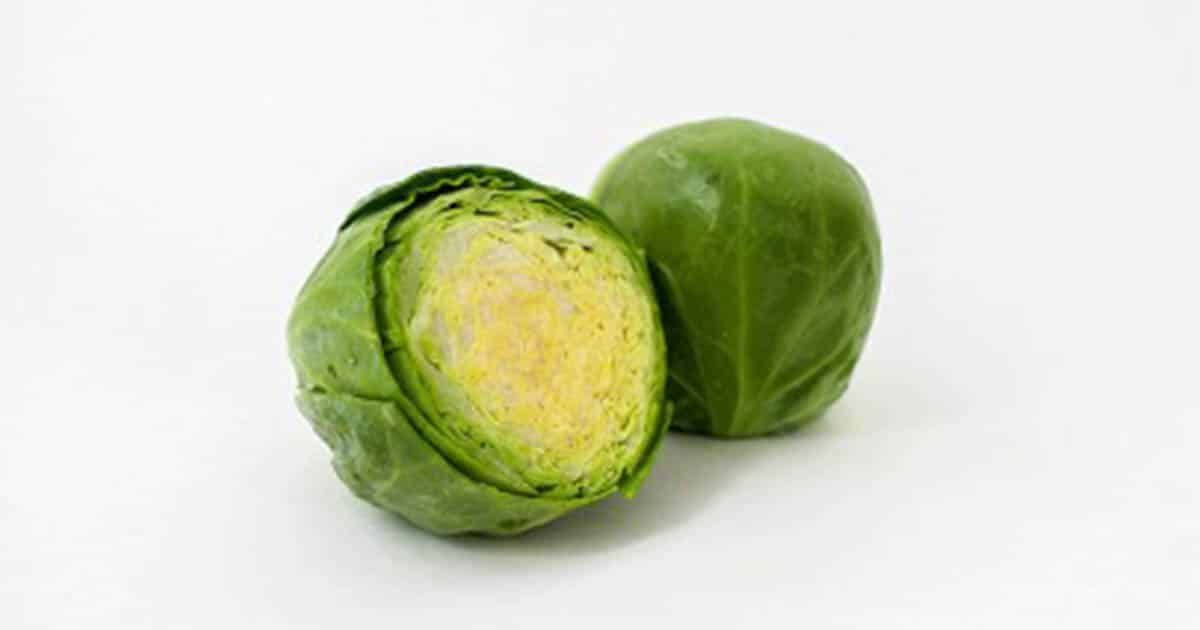Obesity has seen an exponential increase over the years and weight reduction is the cornerstone of managing it. Dietary changes, including caloric restriction and regular physical activity are important strategies for combatting obesity.
Weight reduction with calorie restriction includes diets low in calories or very low in calories known as Low Calorie Diet (LCD) or Very Low Calorie Diet (VLCD).
Weight loss may quickly reverse itself – and any pounds lost may regained – if an individual fails to adhere strictly to their eating plan.
Utilizing very-low calorie diets that provide 800 or fewer calories daily is thought to reduce recovery. LCDs aim at providing between 800-1200kcal daily while participating in physical activities or treatment plans for depression.
Low Calorie Diet
Stout patients may benefit from following a reduced-calorie diet (LCD). A LCD should contain less calories than their energy requirements and energy use.
Estimating resting metabolic rate (RMR) and 24-h energy use proportion (EE) helps in establishing the degree of admission that will permit support of body weight, thus determining maximum limits of low-calorie diet for any subject. LCD diets generally contain between 800-1200 kcal per day.
Very Low Calorie Diet
Very Low Calorie Diet Its Over time, the definitions of VLCD and LCD diets have evolved depending on their energy-restricting levels. VLCDs are now typically defined as all-out diet replacements of 800kcal to 450kcal per day for all meal replacements; with only dinner substitutions containing 200 to 400 kcal.



